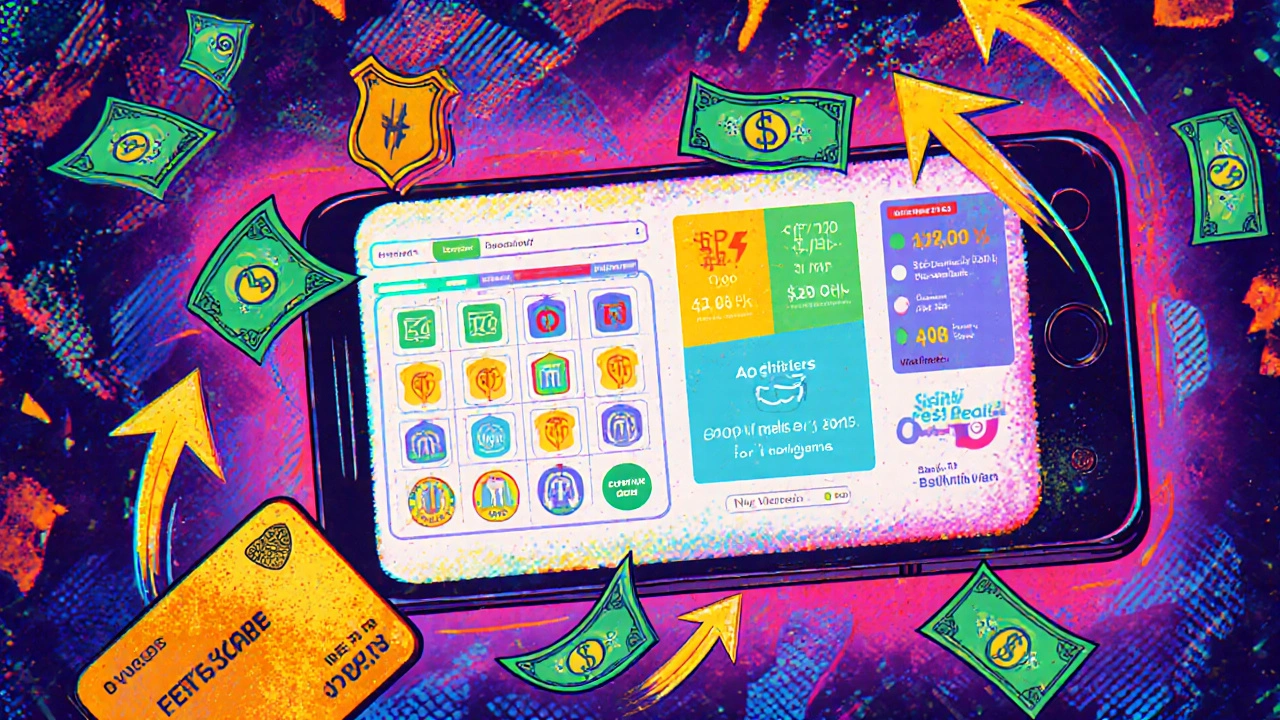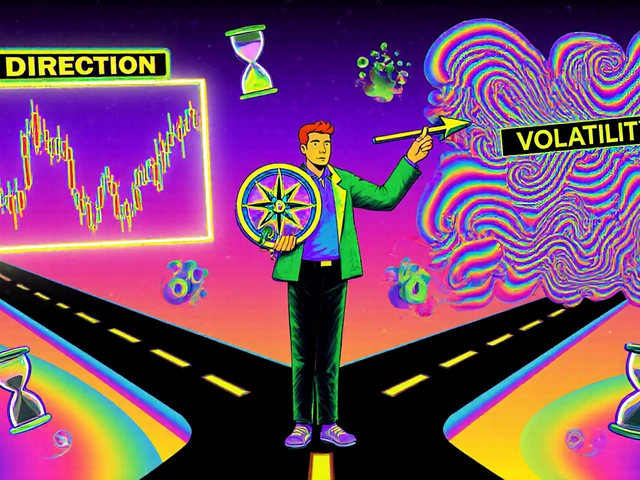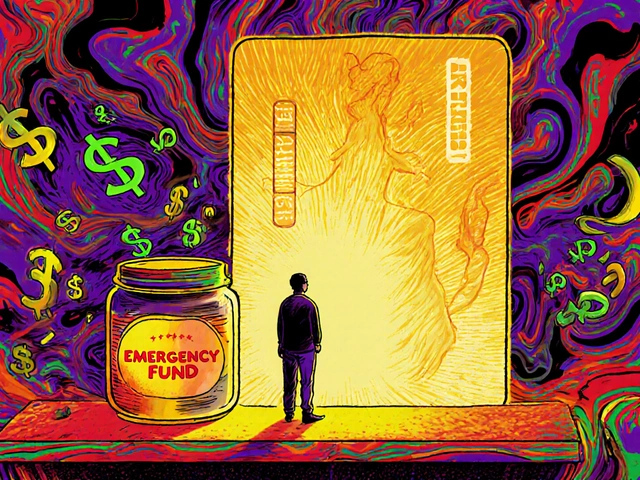CMA Yield: What It Is and How It Affects Your Cash Investments
When you keep money in a CMA yield, the annual return you earn on funds held in a Cash Management Account. Also known as cash account interest rate, it’s what turns idle cash into something that actually works for you—instead of sitting there losing value to inflation. Unlike a basic checking account that pays almost nothing, a CMA links your everyday spending to investment-grade assets like short-term government bonds and money market funds. That’s why CMA yield isn’t just a number—it’s your cash’s paycheck.
CMA yield doesn’t happen in a vacuum. It’s tied directly to interest rates, the cost of borrowing money set by the Federal Reserve and influenced by inflation. When the Fed raises rates to cool down the economy, CMA yields usually climb too. That’s why in 2023 and 2024, many CMAs paid over 5%—far more than the 0.01% you’d get from a traditional bank. But when rates drop, your yield drops with it. That’s why tracking CMA yield isn’t about finding a ‘best’ account forever—it’s about knowing when to move your cash.
It also connects to money market funds, low-risk mutual funds that pool investor cash to buy safe, short-term debt like Treasury bills and commercial paper. Most CMAs invest your balance in these funds behind the scenes. That’s why their yields are higher than savings accounts: they’re earning from actual market instruments, not just bank deposits. But not all CMAs are equal. Some charge hidden fees, others have minimums, and a few don’t tell you exactly what’s backing your yield. That’s why transparent fees and clear disclosures matter—even for your cash.
And here’s the thing: CMA yield isn’t just for investors with big portfolios. If you’re keeping emergency savings, saving for a down payment, or waiting to deploy cash into stocks, that money deserves to earn something. A 4% yield on $10,000 is $400 a year—enough to cover a month of phone bills or a weekend trip. You don’t need to trade options or pick stocks to get that return. You just need to know where your cash is and what it’s earning.
Some people confuse CMA yield with high-yield savings, FDIC-insured accounts that offer higher interest than standard savings accounts, often from online banks. They’re similar, but not the same. High-yield savings accounts are insured up to $250,000 per bank. CMAs usually aren’t FDIC-insured—they’re protected by SIPC, which covers securities, not cash deposits. That’s why you need to understand what you’re actually holding. If you’re worried about safety, check if your CMA provider offers FDIC insurance through a partner bank.
What you’ll find below are real, practical breakdowns of how CMA yield works in today’s market. You’ll see how it compares to other cash options, how to spot hidden costs that eat into returns, and which platforms deliver real value without the fluff. No jargon. No hype. Just what you need to know so your cash isn’t just sitting there—it’s earning.





